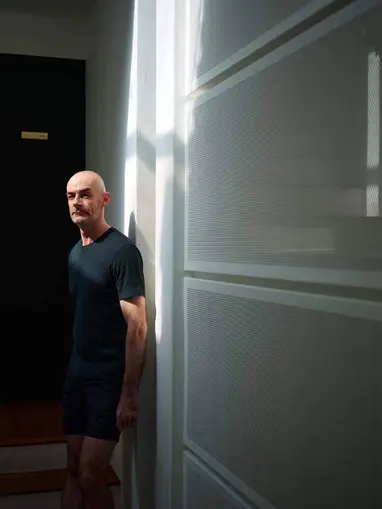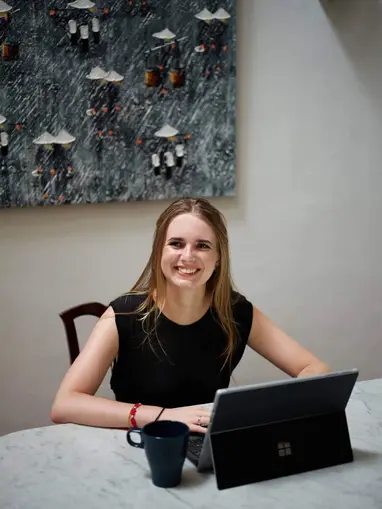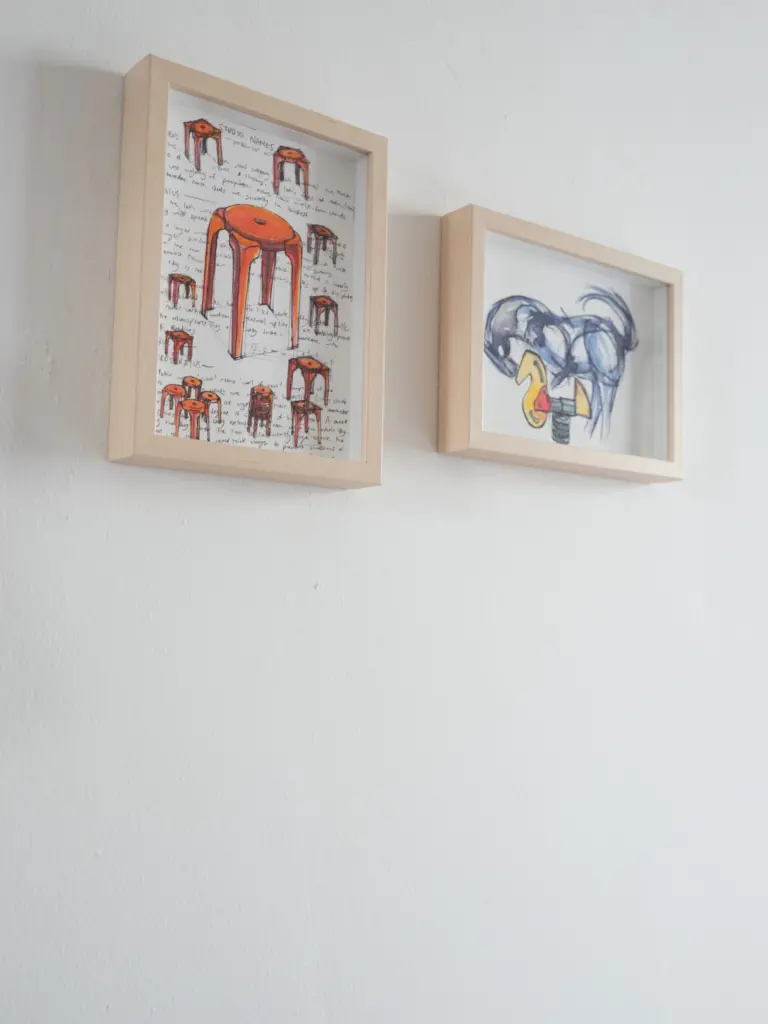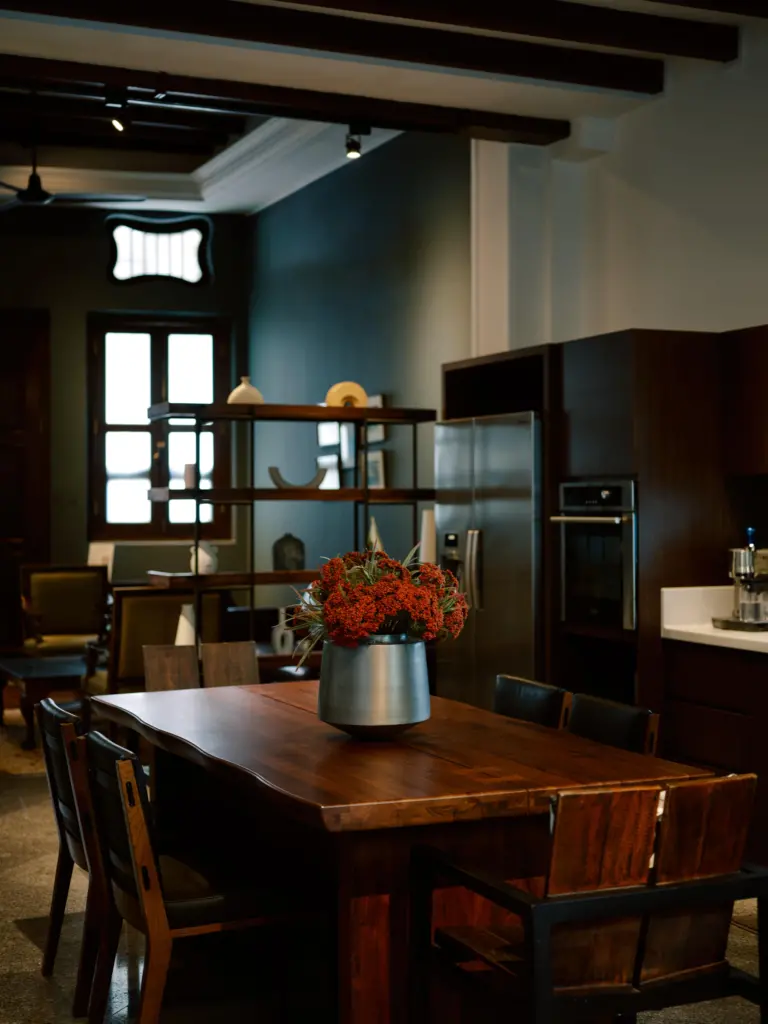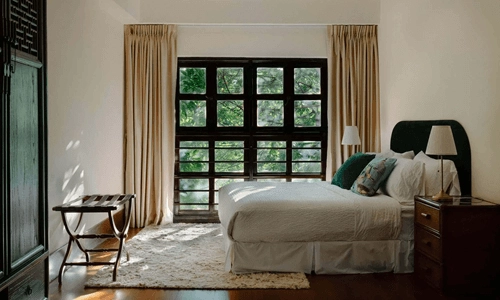Straits House pays homage to the previous occupant’s culinary business and builds upon a vision of food bringing people together.
The home boasts the largest kitchen in Figment’s portfolio, with a large island countertop perfect for hosting communal gatherings centred around food. Continuing this theme, each studio takes the name of a local kueh – traditional pastries and desserts common to the Straits settlements.
The exhibition featured in the home explores this theme in greater detail.
[Soft Saccharine] explores a collection of seven delicate vessels formed in the cross-image of folk-crafts and functionality. Handcrafted by Singaporean artist, Shayne Phua, the notions of nostalgia and self-becoming are expounded through an enveloping experience that journeys through Figment’s heritage shophouse. The immersive installation of gentle reliefs of vintage pastry moulds retell the stories of antiquities informed by Phua’s artistic research into local oral histories, Chinese folklore, and cultural semiotics with the intention of learning and embracing traditional cultures amidst cultural homogenisation.
The kueh serve as ornamental motifs on Phua’s series of familiar domestic wares, such as ceremonial teapots and cups, to the reimagined icon of the longevity peach. [Soft Saccharine] encapsulates the contemporary sentimentality of meaning-making amidst a hyperspeed society, allowing these vessels and their viewers to reminisce over familial experiences and redefine the bounds of tradition.
As for the home, this pre-war terrace house was restored in 1992 and won URA’s Architectural Heritage Award in 1995. Unique features were retained as part of the restoration, such as the cistern with lion’s head spout in the air well. This house also has timber window screens as well as a beautifully carved half-length timber door, known as pintu pagar, on the 1st storey. These features are traditional provisions which allow the resident to open the windows and main door, and still maintain privacy.
The butterflies adorning the facade are rich with meaning in Chinese culture, symbolising freedom and beauty, but also life’s frailty and transient joy.
Kim Yam Road was named in 1899 after Wee Kim Yam (1855 – 1914), a prominent Teochew businessman. He dealt in the highly lucrative opium and spirit farm business and served on various public service committees, such as the Tan Tock Seng Hospital Committee.
River Valley is a neighbourhood just a stone’s throw away from shopping district Orchard Road. Its central location appeals to those who want to enjoy convenient access to premium amenities yet value the quietude of a residential address.
A popular haunt for cafe-hopping, some of our favourite brunch spots include Common Man Coffee Roasters, Craftsmen Specialty Coffee, and The Book Cafe. Interesting places you can only find in this neighbourhood include the Russian Supermarket where Eastern European fare are stocked, STPI Creative Workshop & Gallery for your contemporary art fix, and Crane, a member’s club that hosts co-working spaces and community activities.























